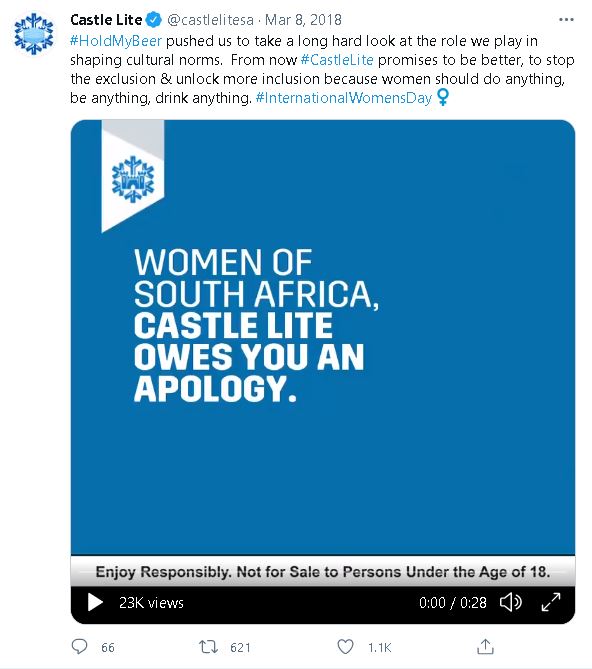If you are looking to create authentic connections, a stronger customer experience, generate more leads and increase your reach, then an online community is the way to go. This is a
group of people with shared interests that communicate on the internet in order to accomplish different business goals.
You're probably wondering, how do strangers who have never met produce such results for your brand?
Well, it's because these communities are able to fill a need for self-expression while having meaningful conversations with customers. Also, remember that there is wisdom in crowds, meaning a collective group of people are able to come up with more innovative ideas and solutions than an individual expert.
These communities are started by brands to generate buzz and engagement with their customers. Loyal and potential customers then join the community to get support, find information about a product or endorse the product to other customers. It is all about serving the customer and making sure that their needs are met.
By now, you must be itching to know which online community will best suit your business.
media update's Pamela Manzenze takes a look.
1. Social communities
Social communities are groups of people who have common interests on social media platforms like Facebook, Twitter and Instagram. Brands make use of these social platforms to achieve their marketing goals.
If you are a business looking to increase brand awareness where users not only recognise you but also your product due to your presence online, then you need to consider building this community.
Take, for example, Castle Lite. The brand started a campaign with a public apology on Twitter after a tweet had been posted by radio personality, Dineo Ranaka. The tweet was in response to backlash she received regarding women stereotypes, which implied that only men can drink beer.
Castle Lite then took advantage of this crisis by starting a campaign that went viral and sparked debate with people sharing their views on the issue.
 Image sourced from Twitter
Image sourced from Twitter
The campaign on Twitter increased awareness for the brand because it started a conversation while addressing a crisis of stereotypes, which it changed into something positive. This also drew in more leads for Castle Lite as people were able to connect the conversation to the brand, which gave it more exposure and a stronger presence.
2. Support communities
Here, members share tips about products with other customers, assisting brands to minimise customer support costs. For any business, it is a priority to help your customers get the most out of their offerings and they use this community to achieve that. Also, it is important to reduce costs to increase the profitability of your company.
This type of community has several benefits, as you can track customer service trends like which products have the most inquiries and resolutions. You can also understand your customer better in terms of the kinds of problems they encounter with your product. From the inquiries or discussions, you can pick up burning issues and make improvements to your product or service.
Utilising this community is a more structured way of gathering innovative ideas as it allows brands to keep track of product or service-related conversations.
For example, the
Apple Support Community allows users to ask questions and share valuable information about Apple products and tips on how to use them. Members can also openly discuss these products and get the answers they need from members.
3. Advocate communities
This community allows brands to exploit their most trusted customers by sharing testimonials or positive views. It boosts your referrals as your loyal consumers could recommend your products or services to their friends. It also helps boost sales as loyal customers can share brands' promotional offers and discounts with their peers.
There is more conversation or engagement in offers shared by faithful advocates than ones that are sent by brands because it's more believable when coming from another customer (can you say 'word-of-mouth marketing'?). Essentially, this type of community helps you get recommendations, success stories and others.
Sephora, a cosmetics and beauty brand has an online community called Beauty Talk where users upload pictures of themselves wearing
Sephora products and how they use them. This means customers become brand ambassadors as the photos posted by members encourage others to use the same preferred products.
4. Insight communities
This community consists of a targeted group of customers who maintain a long-term and positive relationship with brands. The community gathers constant feedback or information from all possible stakeholders like customers, employees, partners and others.
The feedback gives your brand insights about the product or service and ideas to drive your business decisions.
For example,
Starbucks provides a community for coffee enthusiasts to share and discuss new ideas, vote and share feedback. After an idea is submitted by a member, the Starbucks team takes a popular combination of ideas based on public votes to figure out how to put them into practice. This has been a success as the ideas produced products such as the cake pops (yum!).
What other online communities do brands need to know about in order to achieve business goals? Let us know in the comments section below.
When it comes to audience segmentation, which approach is best? Find out in our article, Behavioural versus demographic segmentation.
*Image courtesy of Vecteezy.